From doom to boom: The very many growers forced to look at crops turning black, straw breaking down and visible sprouting over the past three weeks are now generally well pleased with how these crops have performed.
Progress ranges from about 50% cut towards the north west, where weather has been much less agreeable, to over 80% cut across much of the rest of the country with some areas in the south well inside the last 5% of cereal harvest. This is largely a result of the huge combining capacity on farms, with nearly 60% of the winter wheat and spring barley cut in about five days. Luckily moistures dropped considerably to take some pressure off of dryers.
Record yields: It seems likely that we will end up with record national average yields from spring barley and winter wheat. While this might be put down to the good growing season, one should not forget some of the background benefits of having had catch crops grown last year or the knock-on benefit of having additional soil fertility where yields disappointed last year. And then there were the many benefits of the dry summer in 2018 which opened up soils with deep cracking and those knock-on benefits.
While there may have been some yield and quality losses from the 2-3 week holdup, yields seem to be running at record levels for winter wheat and spring barley all over the country. Five tonne wheat crops seem so common that people must accept that 6t/ac is well within genetic capability. There are also very many spring barley crops at 3.7 t/ac plus some up to 4.3t/ac, again emphasising where the potential is. This year should begin to force a whole new set of questions as to what the constraints on yield potential are.
Oilseed rape: Planting should be completed as soon as possible as we move into September. My feeling is that we should not push up seeding rates with later planting, unless there will be a real establishment issue, because these crops can end up being too thick. But seedbed fertiliser becomes a very real issue to help drive backend growth. This might be something like one to two bags per acre of 10:10:20 or 18:6:12 as some P and K can be equally beneficial on low to moderate soil indices.
Emergence is likely to be fast so watch out for flea beetle damage. This will appear as little ‘shot-holes’ on the cotyledon and if this gets bad it can kill the seedling. But the greater worry is the laying of eggs at the base of the plants as the resultant larvae can cause severe damage in the stems over winter and into spring. Insecticide should be considered if you see more than a few holes on about 20% of plants to halt the build-up. Options include Karate Zeon, Karis, Lambda, Markate 50, Nexide CS, Ninja and Sparviero.
Stubbles: Once stubbles are cleared it is important to shallow cultivate to get weed seeds to grow. Already I see some rape stubbles totally green with volunteers – these should be killed with cultivation which will encourage many other seeds of all sorts to grow.




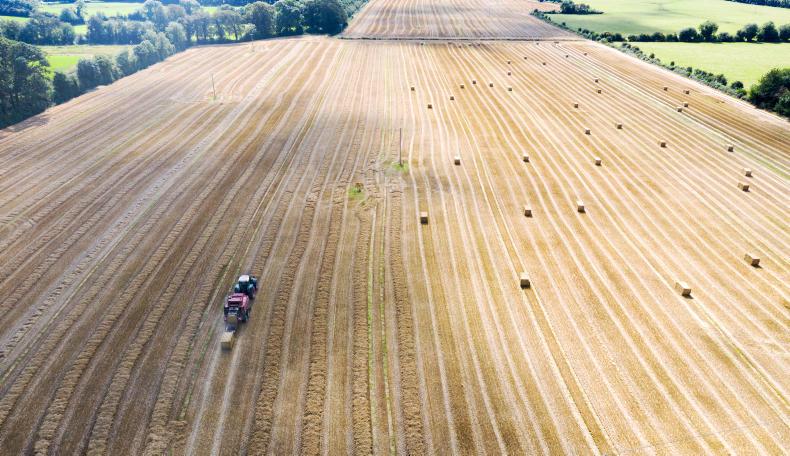
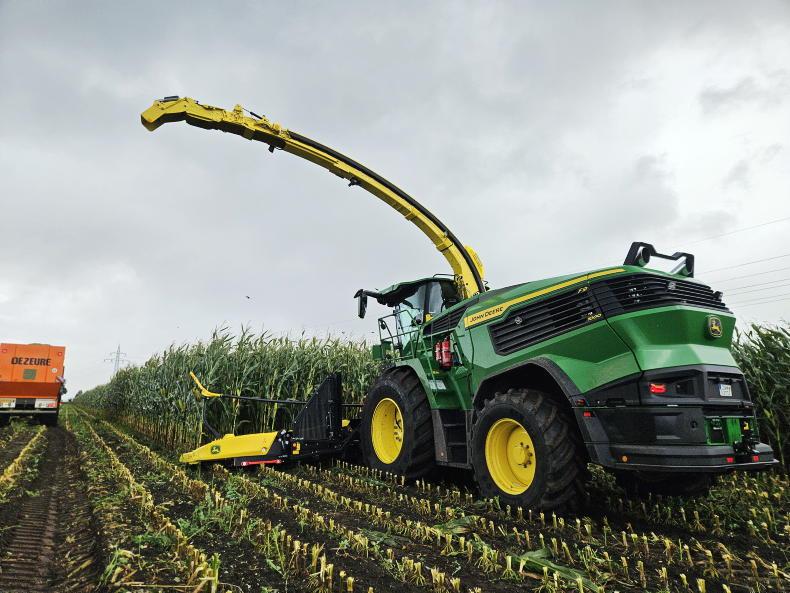

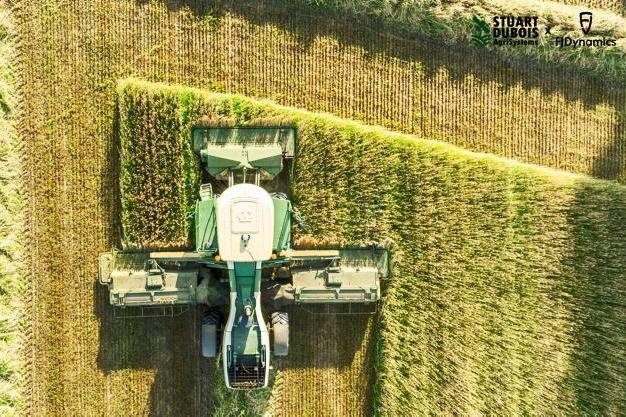
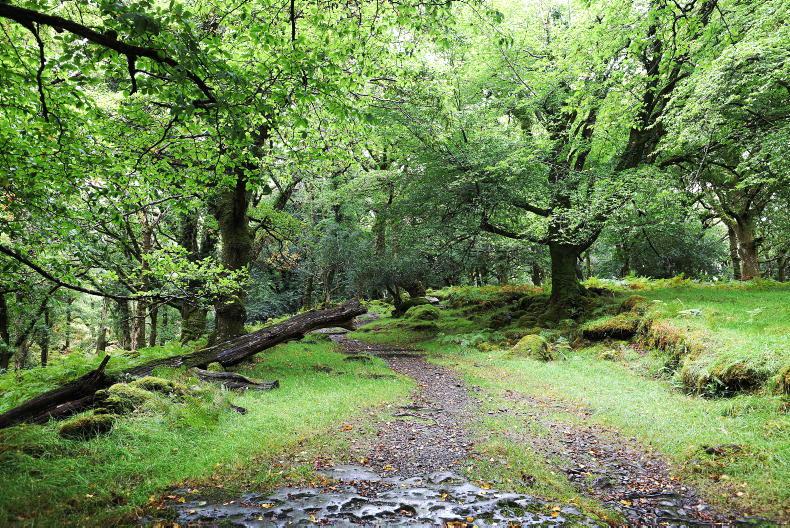
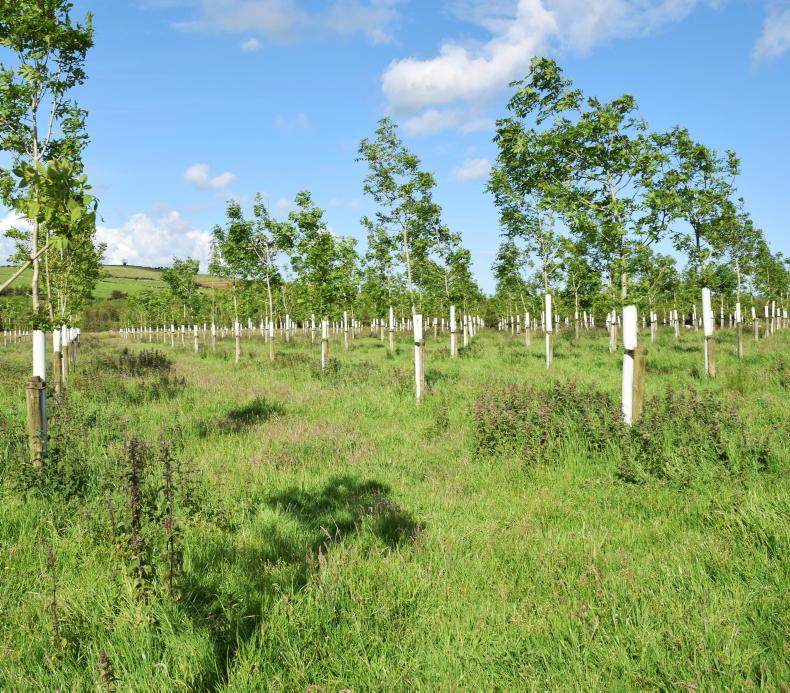
SHARING OPTIONS